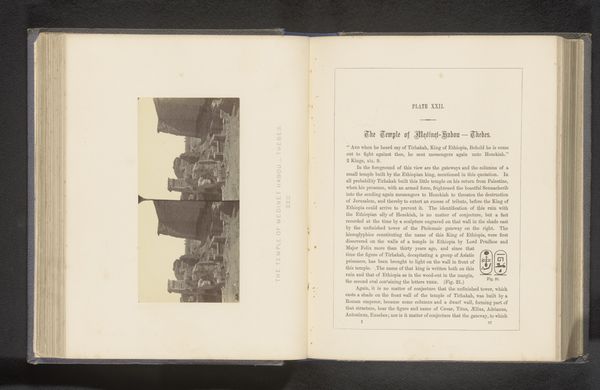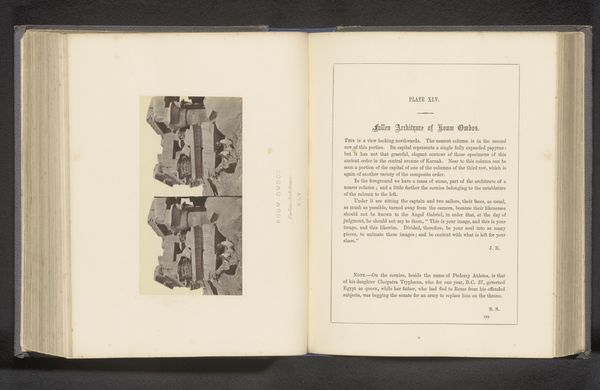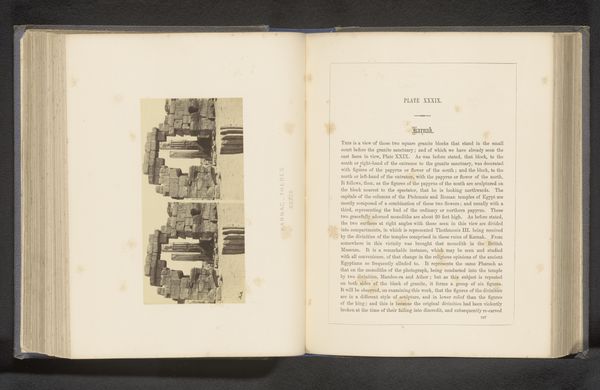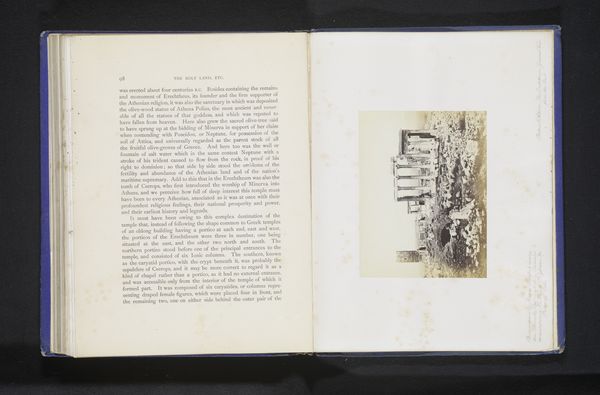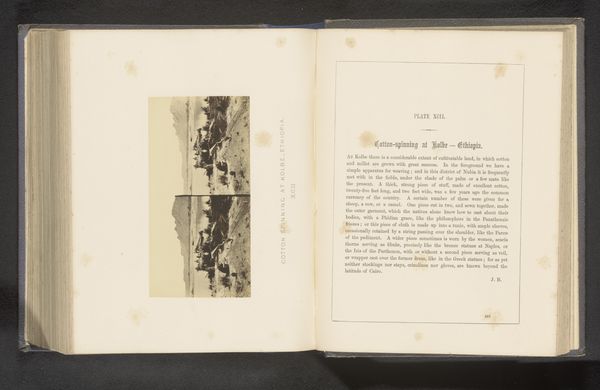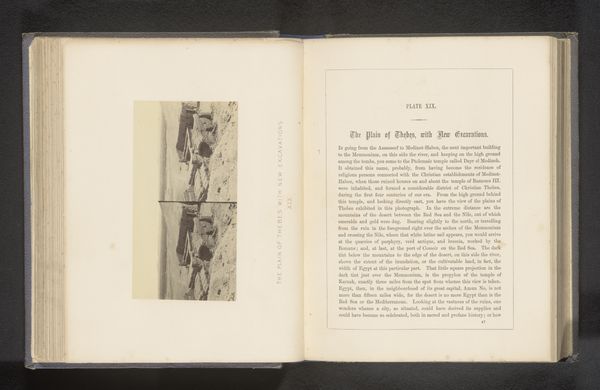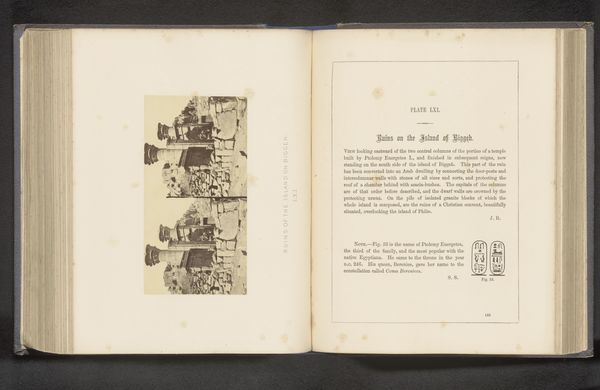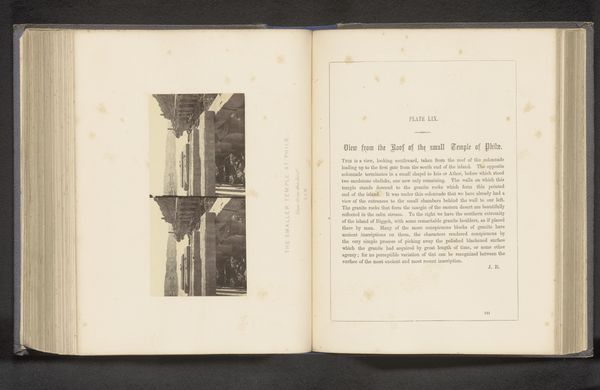
Sfinx van Gizeh met op de achtergrond de piramide van Cheops before 1862
0:00
0:00
francisfrith
Rijksmuseum
print, photography, site-specific, gelatin-silver-print
# print
#
landscape
#
ancient-egyptian-art
#
photography
#
ancient-mediterranean
#
site-specific
#
gelatin-silver-print
Dimensions: height 72 mm, width 144 mm
Copyright: Rijks Museum: Open Domain
Francis Frith made this albumen print of the Sphinx and the Pyramid of Cheops in the mid-19th century, a time when photography itself was a relatively new material. Consider the labor involved in creating this image. Frith, an English photographer, had to transport bulky equipment to Egypt, process the image in a darkroom tent, and then print the photograph upon his return. The albumen printing process involved coating paper with egg whites and silver nitrate, then exposing it to sunlight through a negative. The resulting image has a distinctive sepia tone and a slightly glossy surface. Its material presence speaks to the Victorian era's fascination with documentation and travel. The photograph also highlights the immense labor involved in constructing the Sphinx and pyramids themselves. By capturing these ancient monuments, Frith's photograph becomes a meditation on time, labor, and the enduring power of human endeavor. It invites us to consider the social and economic forces that shape both the creation of art and the construction of civilizations.
Comments
No comments
Be the first to comment and join the conversation on the ultimate creative platform.
